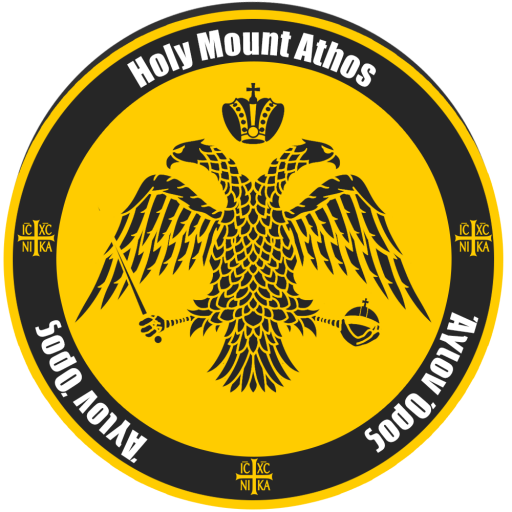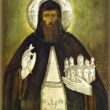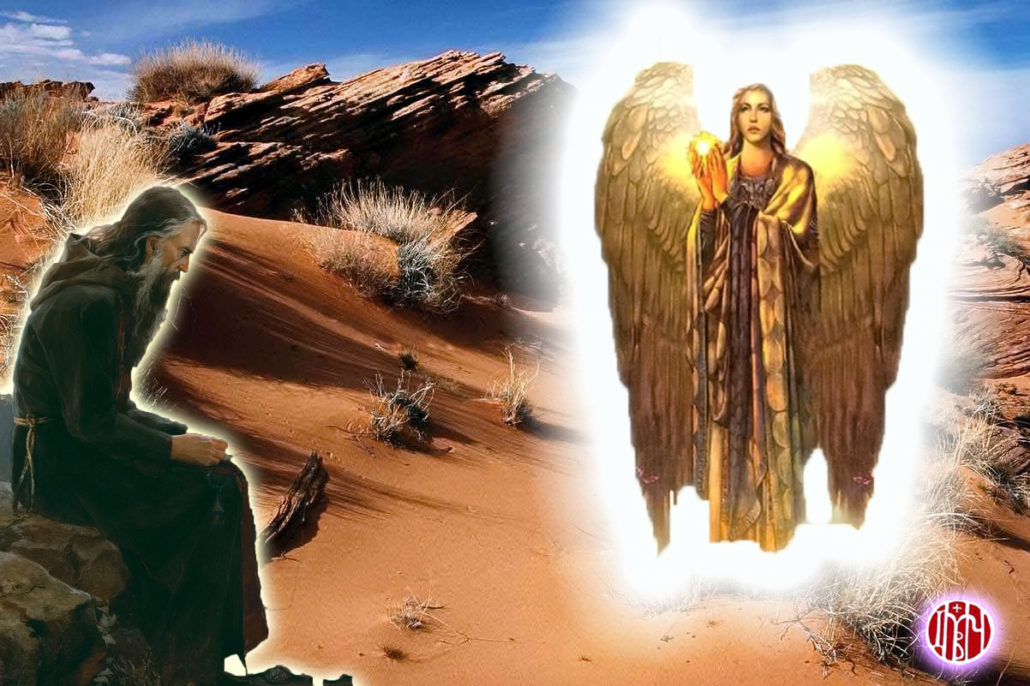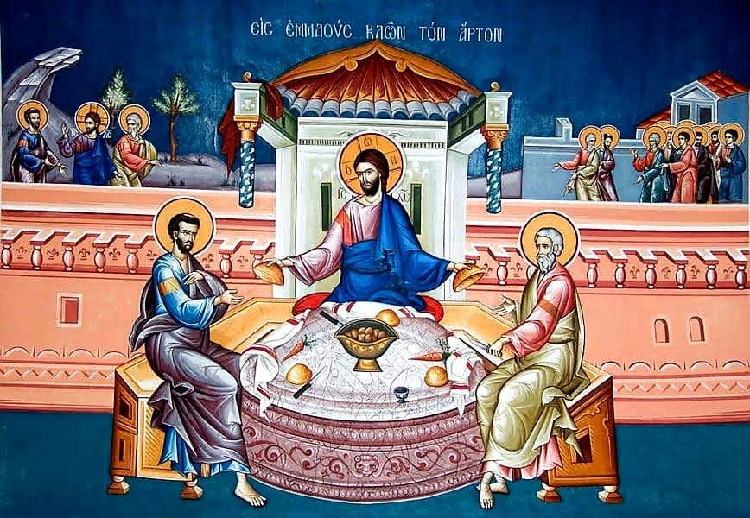As you well know, alongside presenting lesser-known aspects of the lives of the Saints or of the cult and typicon of our Church, one of the main topics we have been following since the creation of the Bizanticons Art blog is this: to bring before you, in a few lines, information and theological ideas related to the history of some Icons and the way they were painted or discovered. Therefore, through these articles that we constantly publish, we come to meet you with some enlightening ideas or clarifications, in order to gain a kind of iconographic “general culture” that each of us, as Christians, should take into account and make our own.
Among these Icons that often raise questions from worshipers is the Icon of Saint Agnes, the healer of incurable diseases and defender of virginity and bodily purity, celebrated on January 21st, in which the Martyr appears painted alongside a lamb. What is her story, and especially what connection exists between her and the lamb she holds in her arms in most Icons in which she is represented? Find out in the following lines!
Who was Saint Agnes?
Saint Agnes (Agnes in the Latin version of the name, or Agni, Agnesa, Agneza, according to the names adopted in the cultures of different peoples) was born in Rome in the year 291 AD. She came from a noble family and was known for her beauty and virtues. It is said that she was promised in marriage to a young nobleman, but because she dedicated her life to virginity and decided that she wanted to be the bride of Christ, when the time was right for the wedding, she refused to marry.
Learning where the house of Agnes’ parents was, the prefect’s son began to send many gifts, insisting with his marriage proposal. Agnes paid no attention to his request. The young man did not want to give up on his decision and, believing that his gifts did not “impress” Agnes in any way, he began to send her even more and more exquisite gifts. Precious stones, pearls, and expensive clothes he sent to her, and even made all sorts of promises to attract her. One day, seeing that she did not receive any response, the prefect’s son came himself to Agnes’ house and began to tell her how rich his family was and how well off they would be together if she accepted him as her husband. Then, Saint Agnes replied: “I have already been united in heaven with a Bridegroom whose beauty and radiance surpass that of the sun, and He has already given me the engagement ring. He has adorned me with the precious ornament of spiritual beauty, and has adorned my right hand and neck with priceless stones. He has placed priceless pearl earrings in my ears and has girded me with gems of radiant light […]. Therefore, I cannot leave the One whose lineage is the highest, whose power is greater, whose beauty is unsurpassed, whose love is sweeter, the One who has already prepared my chamber, and behold, it is ready for the wedding. How sweet His voice is!”
Understanding that he would not succeed, the prefect’s son left, but on the way, he planned to take revenge by denouncing Saint Agnes as a Christian. Upon hearing this news, the prefect summoned her and first ordered her to make sacrifices to the gods, but because the Saint refused, he ordered her to be sent first to be ridiculed in a house of debauchery. Arriving there, it is said that the Saint’s hair grew so much in a few moments that it covered her naked body, and an angel brought her a garment to cover her nakedness. She began to preach the faith in Christ even there, and those who had come for carnal desires left as believers. One day, the son of the governor himself came to her, and trying to touch her, fell dead to the ground (or according to other sources, was blinded), then was resurrected (healed) at the prayers of the Saint. Not even this miracle changed the cruel decision of the prefect, and ultimately, he decided to have the Saint killed by beheading.
The lamb from the Icons of Saint Agnes
The iconographic representations of Saint Agnes often show her in a dignified yet humble posture, holding a lamb, a symbol of pure sacrifice. There are three symbolisms of this image, which we will present below. First, the association between Saint Agnes and the lamb suggests her innocence, as she was martyred at the tender age of 13, as well as her physical and spiritual purity, as she refused to marry in order to preserve her virginity. In a dialogue with the prefect, the Saint said, “My pure virginity will not be defiled; for I have the guardian of my body, the Angel of God, and my Lord Jesus Christ, the Only-begotten Son of God, whom you do not yet know.”
Then, in a deeply symbolic way, the lamb in the Icon of Saint Agnes reminds us of the Sacrificial Lamb of God, Christ, and underscores the saint’s solidarity with the Savior’s sacrifice, as well as the reason she died as a martyr: her love for the Heavenly Bridegroom. We know that in the New Testament, the lamb is an image of Jesus Christ who came “as a lamb to the slaughter,” meaning He willingly gave Himself for the redemption of mankind. The image of our Savior Jesus Christ as the Lamb of God is especially used in the hymnography of Holy Week, both in the Lamentations of the Lord and in the other services dedicated to His Passion.
Finally, the image of the lamb in the arms of Saint Agnes could also be explained by a vision that her parents had after she was martyred. In the Synaxarion, we read that the parents of Saint Agnes kept vigil at her tomb every night, mourning her incessantly. One night, they saw a group of maidens passing by, adorned in expensive clothing and surrounded by light, and in the midst of them, they saw Saint Agnes, shining more brightly than all the others. She was holding a little lamb as white as snow in her arms, and turning to her parents, she said, “Do not weep for me as for a dead person, but rejoice for me, for I have been united with these maidens in illuminated abodes. I have been united in heaven with the One whom I loved on earth with all my heart.” And saying these things, she disappeared.
Indeed, we can observe that the meanings of the symbols in Icons often have deep theological roots. Understanding these symbols, by each of us, contributes to a deeper understanding of Christian teachings and the deepening of spiritual life. An Icon is not just an artistic representation, but also a tool we use when we want to “speak” in prayer with Christ, His Mother, and the Saints. When we understand the meaning of the symbols in an Icon, it becomes more than just a static image – it transforms into a window to Heaven, to the understanding of the mysteries contained in the Tradition of the Church and the teachings passed down through the centuries, up to the present day.
Source: http://blog.bizanticons.ro.






